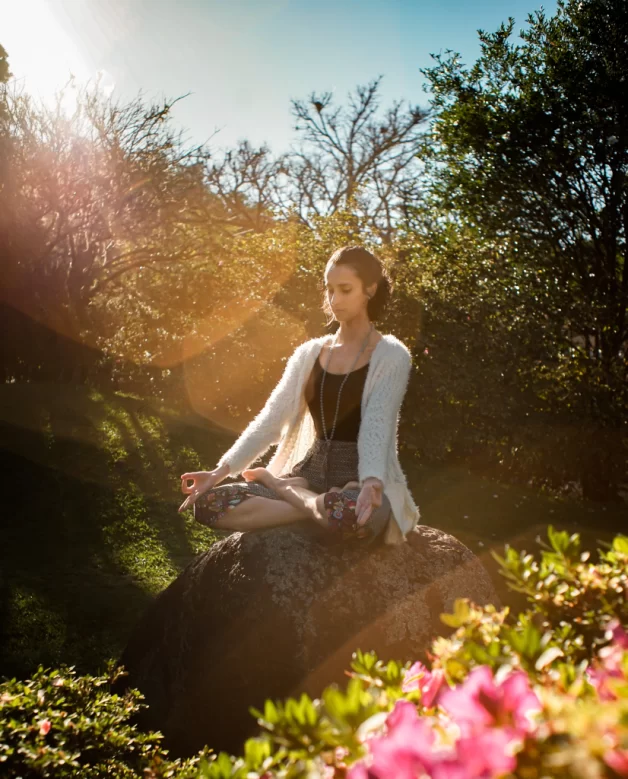

The most common practice talked about in the spiritual community is meditation, and most people in that community have a meditation practice. But, what’s the point of a meditation practice?
Basically, everyone’s heard about meditation, and if they’re starting out on their spiritual journey, has been recommended to meditate. I am positive whoever reads this knows the basic idea of what meditation is. Undoubtedly, the benefits are recognized scientifically with numerous studies being published more frequently nowadays. I love it, and I’m so happy to see it so mainstream. I believe it is needed now more than ever and is invaluable in assisting our planets ascension into 5D consciousness.
Disclaimer: This post contains affiliate links. If you use these links to make a purchase, I earn a small commission at no additional cost to you. Read this Affiliate Disclosure for more information. Thank you.
What Science Says About Meditation Practice:
- Improves mood
- Reductions in stress, anxiety, depression
- Slows down aging of the brain
- Strengthens immune system
- Helps to reduce chronic pain
- Deepens sleep
- Lowers blood pressure
- Helps protect against heart disease
- So much more!
Specifically, meditation aims for stillness of the mind and quieting our thoughts through self-observation. To observe the mind without judgement, and to watch it, in all it’s wild chaos is a trip. When you get there, even for a moment, a minute or just thirty seconds, it’s powerful. That’s being the watcher, separating your ego from your true essence. Taking the power away from our mind and thoughts is very empowering!
My Meditation Practice History
I spent quite a bit of time in my mid-twenties backpacking overseas. Predominantly in Latin America. I had attended two silent Vipassana meditation retreats. One I was a student at, so I did 10 1/2 hours of meditation a day for 10 days, in Nicaragua. My second time at a Vipassana retreat I was a ‘server’, in Mexico. This entailed 5 hours a day sitting in meditation and the other 5 hours volunteering, mostly in the kitchen, for 10 days.
Anyways, a big lesson Vipassana teaches people is that our attachments are the cause of a large part of our misery. Seriously, take a second to think of how much you are attached to, from minor to major ones. It’s a lot! Then we form strong identities around these attachments, reinforcing them. Consequently from attachments, cravings are formed, robbing you of the present moment. Craving and aversion are two sides of the same coin; developing aversion for something is equal to craving the opposite of that “something”.
‘Cravings’ and ‘Aversions’
Largely, the theme of observing our cravings and aversions was a large part of our meditation practice. Observing them in thoughts and through our physical sensations in our bodies. It was quite fascinating, but extremely difficult at times. I wanted to quit and run out of there often, ha ha, but I stuck with it and was glad I did. Numerous cravings became apparent to me, such as food cravings, like chocolate and cookies. Next I would feel impatient, having aversion to waiting in line for dinner or the bathroom. However big or small, our thoughts that make up cravings and aversions lead to unnecessary suffering in our lives.
The Point of a Meditation Practice…
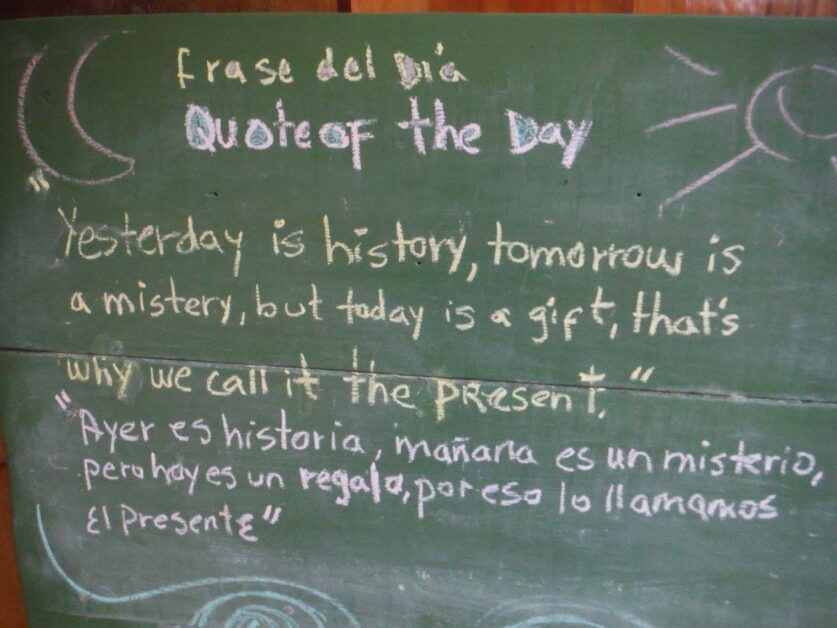
Yet, how many people really stop to think what the true purpose of meditation is? A good portion who meditate most likely do, but not all. Re-iterating this feels necessary and important, and to remind those who need to hear it again. The perspective I have, the deeper meaning of a meditation practice to me, is it’s training. You are putting yourself in training, it’s a meditation practice. Training yourself on how to live and function in the world. To be in the world but not of the world.
It’s important for me, as much as possible, to look at my daily tasks, errands, work ect, and try to turn them into a moving meditation. Usually, it is quite challenging to slow down these tasks and be present during them. Constantly pulling my attention from my head into my body. But that’s what moving meditation is; finding the stillness in every single moment no matter what you’re doing. Of course: children, family, and most jobs make this mighty challenging or may seem impossible to accomplish.
Practicing the Point
Still, if you are able to make even two minutes of a task a moving meditation, being present and in your body, that’s a win. Simple tasks like: washing dishes, making a meal, helping your child with homework, or doing a task at work. Pull your attention from your thoughts and mind into your body, notice the feeling of this moment. What are your hands doing? Feel the ground under your feet as you walk. What sensations do you feel in your body? Observe your breathing.
Above all, taking what you learn and feel in your meditation and translating it into your everyday life, to me, is the ultimate goal. Not keeping them two separate worlds. Or waiting for the benefits of mediation to naturally spill over into your everyday life, which it will slowly over time. Whereas, you can put in the effort and conscious choice to make your everyday life an opportunity for meditation, and assist the process along.
Eventually, your meditation practice will merge with your everyday life, meaning less effort will be needed to be in the moment. By no means am I saying this sh*t is easy, it’s has been the hardest work in my life hands down! Certainly, you need to consistently work at this everyday. As will everyone since we are living in this ego-driven society aimed at keeping us in a low vibrational, dis-empowered state.
My Final Thoughts
This is just my opinion from my life experience, I know many others have said this same or similar notion in their own words. Numerous great spiritual teachers preach this and have written amazing books on the subject of being in the now and the sheer power of the present moment. I can just still see a bit of disconnect, more in the mainstream, between meditation and presence (some refer to as mindfulness, I prefer presence).
Meditation practice will always be in my life, whether I do 10, 15, or 30 minutes depends on the day for me. I will also continue to bring my meditation practice into my everyday life too. No matter how challenging it is, as long as we have the intention to work at it everyday, we will experience breakthroughs 🙂 Experiencing the present moment, even if for only 5 minutes in total a day is better than none!
Sources:
https://www.nccih.nih.gov/health/meditation-and-mindfulness-what-you-need-to-know
https://positivepsychology.com/benefits-of-meditation/
https://www.psychologytoday.com/us/basics/binaural-beats
Latest Posts
- What Grief Has Taught Me
- Unique Gift Ideas For The Spiritual Person In Your Life
- Healthy Chocolate Pudding Recipe
- My Weird Everyday Health Habits
- 6 Easy Ways To Enter The Present Moment
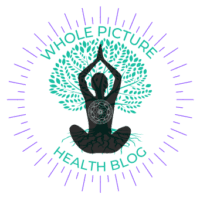
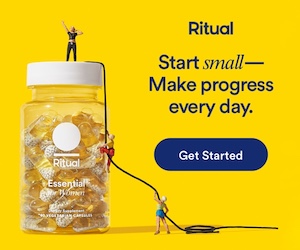


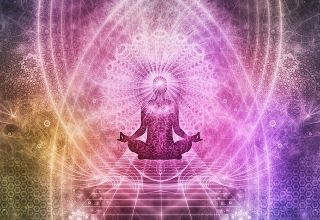


Meditation offers so many health benefits. I find I also feel this way after spending time in nature!
I like the benefits of meditation. This is something that I need to explore.
It’s always good to be reminded of the importance of taking time for self-reflection and mindfulness. I appreciate the tips and resources you provided for those looking to start or enhance their meditation practice.
With so many benefits I really need to start doing this again.
I need to meditate more often. I always forget it is a great coping skill to utilize.
I really need to do more meditation. This is a really wonderful post thanks for sharing this with us
There are so many benefits to meditation. Thanks for sharing
I really need to do more meditation. This will help me relax more thanks for sharing this with us